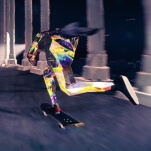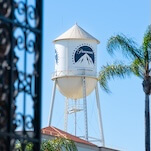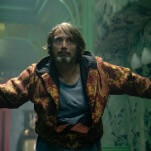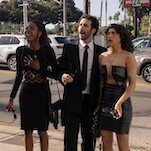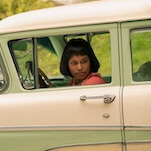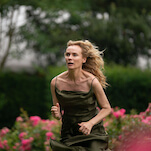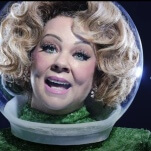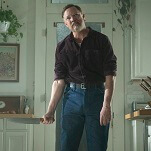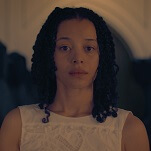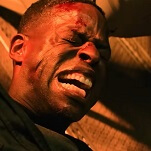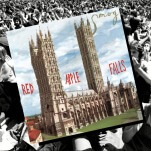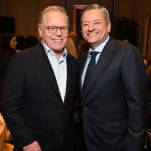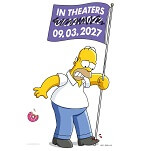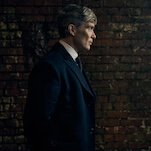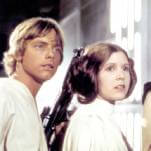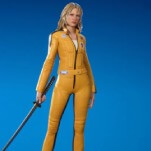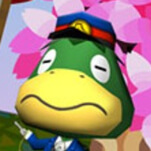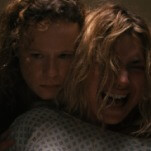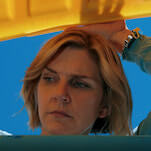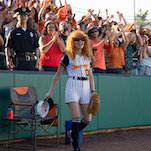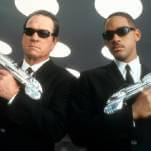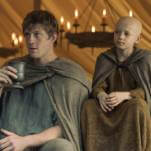Let’s Spend The Night Together

In another, more sensible world, Let’s Spend The Night Together might have been the last we saw of The Rolling Stones. A 1983 document of the band’s 1981 tour, capturing two stops—one at a stadium in Tempe, Arizona, the other at an arena in East Rutherford, New Jersey—it doesn’t capture the band at its peak. But think of the indignities a tasteful dissolution in the early ’80s might have spared everyone: Mick Jagger and Keith Richards endlessly bitching at each other in the press, the need to refer to any halfway decent Stones album as a “return to form,” the cover of Dirty Work. Besides, it was clearly time to bow out. The group had recently released the thoroughly enjoyable Tattoo You, but had to comb through nearly a decade of outtakes to put it together. And Jagger had only just started to get an I’d-rather-be-anywhere-but-here look in his eye.



